Sign In

We also stock other industrial tools and supportive aids that we use in our welding workshop, including Bandsaws, Grinders, Rotabroach Drills, Portable Power Batteries for remote welding, and Workshop Heaters.
Purchase our premium welding products through our online store and collect your new welding supplies at our store in Ashford, Middlesex. If you are ordering online, we accept Mastercard, Maestro, Visa, American Express, and JCB. If you collect from our workshop, we also accept cash.

If you’re just starting out, an auto-darkening welding helmet is usually the easiest and safest option. Look for a model with adjustable shade levels so you can use it on different materials as your confidence grows.
Both helmets are safe, but they suit different styles of welding. Auto-darkening helmets offer more convenience and comfort for regular use, while fixed-shade helmets are a budget-friendly choice for simple or occasional welding.
TIG helmets need high sensitivity for lower light levels, MIG helmets are made to handle brighter sparks, and arc welding requires higher shade ranges. A multi-process welding helmet is ideal if you switch between techniques.
Your torch should match your welder’s brand, amperage, and welding process (MIG, TIG, or arc). Comfort also matters—if you weld for long sessions, choose a lightweight, ergonomic torch.
You should have a helmet, welding gloves, heat-resistant jacket or sleeves, and sturdy boots. Proper PPE protects you from sparks, UV radiation, and fumes—especially in small or enclosed workspaces.
MIG welding usually uses Argon/CO₂ mixes, while TIG welding almost always uses pure Argon. The best gas depends on the metal you’re working with, so check your machine’s manual or product recommendations.
Consumables wear out based on how often you weld and how clean your working environment is. Contact tips often need replacing every few weeks for hobbyists and more frequently for daily use.
Cheaper helmets can still be safe if they meet EN379 safety standards. The main differences you’ll notice are comfort, clarity, and sensor speed. Higher-end helmets offer a smoother, clearer welding experience.
Most welders keep consumables like contact tips, wire, torch nozzles, anti-spatter spray, spare lenses, gloves, and a reliable helmet. Having extras on hand prevents interruptions mid-job.
Yes—air-fed welding helmets reduce exposure to fumes, especially when welding stainless steel, galvanised materials, or when working in poor ventilation.
Absolutely. Reputable online welding supply stores can help you choose the right helmet, consumables, or torch based on your needs and experience level.
Keep the lens clean, replace lens covers regularly, and store your helmet somewhere dry and protected. Auto-darkening filters are sensitive to impacts, so handle the helmet carefully.
We are a family-run welding service with 45 years of expertise. We have a fully-stock shop of quality welding supplies with everything you need for your project, at an affordable price. Order online or collect from our workshop in Slough. The choice is yours.
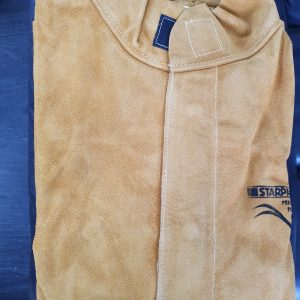


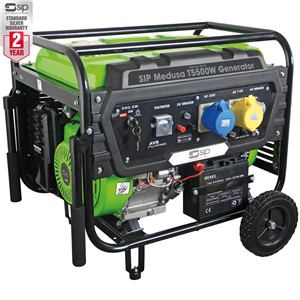
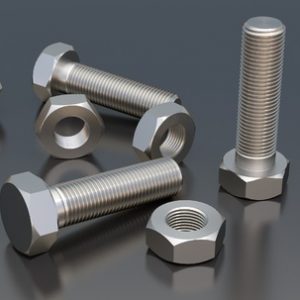
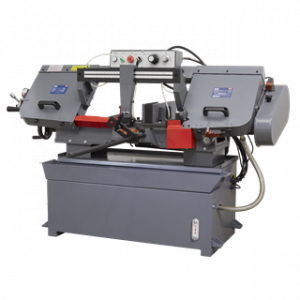

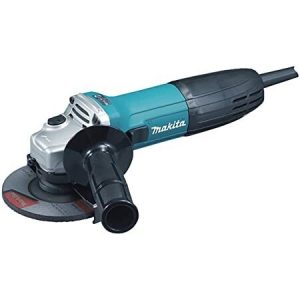
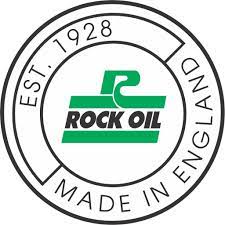

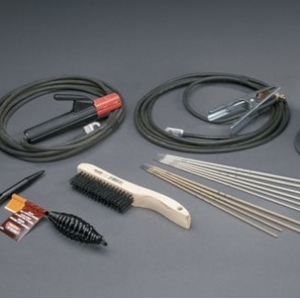
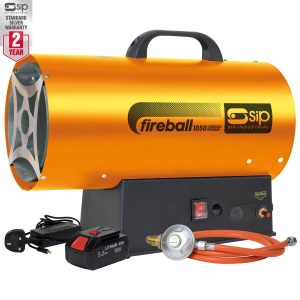

We also stock other industrial tools and supportive aids that we use in our welding workshop, including Bandsaws, Grinders, Rotabroach Drills, Portable Power Batteries for remote welding, and Workshop Heaters.
Purchase our premium welding products through our online store and collect your new welding supplies at our store in Ashford, Middlesex. If you are ordering online, we accept Mastercard, Maestro, Visa, American Express, and JCB. If you collect from our workshop, we also accept cash.

If you’re just starting out, an auto-darkening welding helmet is usually the easiest and safest option. Look for a model with adjustable shade levels so you can use it on different materials as your confidence grows.
Both helmets are safe, but they suit different styles of welding. Auto-darkening helmets offer more convenience and comfort for regular use, while fixed-shade helmets are a budget-friendly choice for simple or occasional welding.
TIG helmets need high sensitivity for lower light levels, MIG helmets are made to handle brighter sparks, and arc welding requires higher shade ranges. A multi-process welding helmet is ideal if you switch between techniques.
Your torch should match your welder’s brand, amperage, and welding process (MIG, TIG, or arc). Comfort also matters—if you weld for long sessions, choose a lightweight, ergonomic torch.
You should have a helmet, welding gloves, heat-resistant jacket or sleeves, and sturdy boots. Proper PPE protects you from sparks, UV radiation, and fumes—especially in small or enclosed workspaces.
MIG welding usually uses Argon/CO₂ mixes, while TIG welding almost always uses pure Argon. The best gas depends on the metal you’re working with, so check your machine’s manual or product recommendations.
Consumables wear out based on how often you weld and how clean your working environment is. Contact tips often need replacing every few weeks for hobbyists and more frequently for daily use.
Cheaper helmets can still be safe if they meet EN379 safety standards. The main differences you’ll notice are comfort, clarity, and sensor speed. Higher-end helmets offer a smoother, clearer welding experience.
Most welders keep consumables like contact tips, wire, torch nozzles, anti-spatter spray, spare lenses, gloves, and a reliable helmet. Having extras on hand prevents interruptions mid-job.
Yes—air-fed welding helmets reduce exposure to fumes, especially when welding stainless steel, galvanised materials, or when working in poor ventilation.
Absolutely. Reputable online welding supply stores can help you choose the right helmet, consumables, or torch based on your needs and experience level.
Keep the lens clean, replace lens covers regularly, and store your helmet somewhere dry and protected. Auto-darkening filters are sensitive to impacts, so handle the helmet carefully.